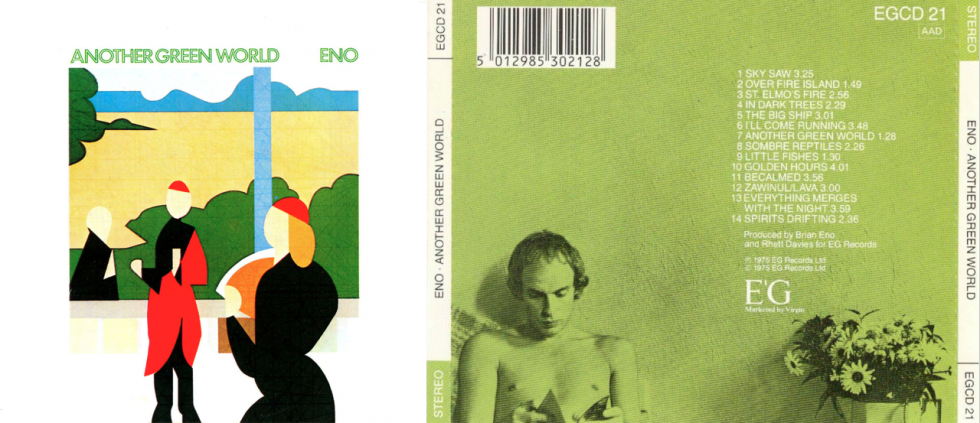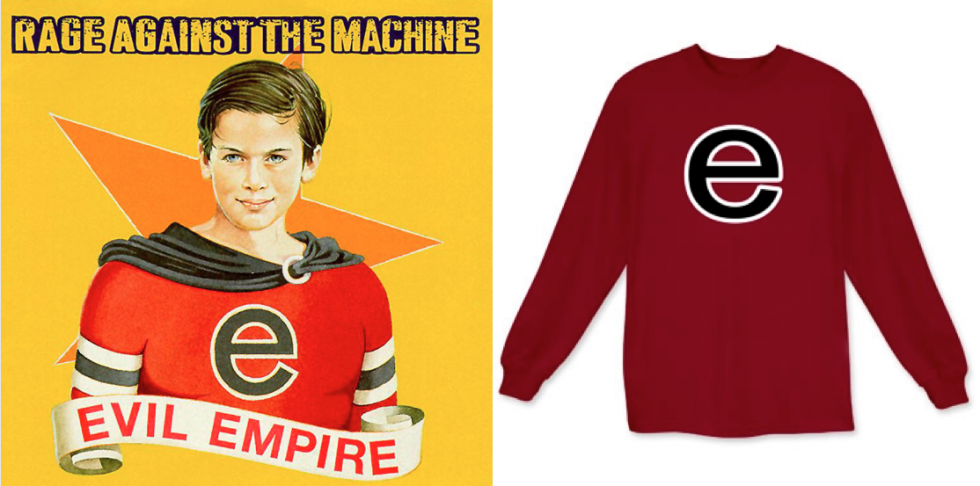Having blitzed his live debut in the Boiler Room back in 2013, Roland Tings has willingly accepted Chet Faker‘s invitation to DJ his hyper style as part of November’s RBxBR #Campaign4Change event in Melbourne.
Tings has turned heads across the globe since emerging overnight from Melbourne’s thriving talent pool, releasing on tastemaker imprints 100% Silk and Prins Thomas‘ Internasjonal label. With a singular combination of euphoric melodies and jack beats leaping out in 3D, Tings accentuates this effect by pairing his sound with a powerful visual identity. Optical stimulants in his work explores this analogue-digital boundary, with the help of Melbourne design studio Tin + Ed across music videos, cover art and press shots, and local videographer Antuong Nguyen for live visuals.
Currently touring the States with AlunaGeorge and Future Classic, the budding producer takes a coffee break with us to riff about some of the artists that have informed his strong design aesthetic.
Brian Eno Another Green World
“This is one of my favourite albums of all time. A timeless classic both musically and visually. The cover itself is a crop of a larger painting that i hadn’t seen until I started researching the image. There’s something calming about the white space on this cover. This was before Eno had realised the concept of ‘ambient’ music, and something about the painting foreshadows ‘ambient’ to me.”
Rage Against The Machine (All Albums)
“This is one of the first bands I was absolutely obsessed with. Their artwork – like their music and politics – is bold to the point of being one-dimensional. But, to a teenage boy, this is the stuff angsty dreams are made of. I had a really sick Evil Empire tee with the ‘e’ on it.”
Moon Wheel Moon Wheel
“I emailed Olle Holmberg when I heard his record at a friend’s house in Melbourne. Through pure chance, I ended up living on the same block as him in Berlin a few months later. I asked him about the painting on the cover of his self-titled tape on Not Not Fun. He told me it was by Ernst Kirchner – a fascinating artist who was part of Die Brucke group in Berlin during the rise of the Nazis. To me, this painting is the perfect complement to Olle’s handmade psychedelia. Contemplating the story of Kirchner’s work and life while listening to the Moon Wheel tape is a powerful experience.”
“This was part of a festival program a few years ago and totally blew my mind. Through a combination of grids projected on his body and on the wall and floor, Umeda is able to split and distort his body across space and time. The soundtrack was also composed by him and consisted of disorienting synthetic tones. The overall effect left me thinking about how human systems can be overloaded to perceive distortion in what we think is solid or unchanging – in the same way that an electronic circuit can be overloaded to produce harmonic distortion.”
“I first heard this record being played at Hells Kitchen in Melbourne around 2009. I had just begun getting into electronic music and had never heard anything like it. What I love about the visual element of this record is that it feeds so strongly through into the music. The record was intended as a collaboration between Yokoo and Hosono – a soundtrack to a fictional Bollywood film. Often when people hear instrumental music, they say that it reminds them of a film soundtrack because they’re not used to hearing purely instrumental music in any other context. This flips that on its head – an instrumental soundtrack to a film with no visual element.”
“The first time I saw Kangaroo Skull play was as a duo at a short-lived venue in Brunswick, Melbourne. It was the back room of a pub and I didn’t quite know what I was in for. Before they started, they turned the smoke machine on full and filled the large room with smoke so thick you couldn’t see your hand in front of your face. They then set up two $10 mini strobe lights in front of their computers facing the audience, and launched into a barrage of minimal 808 rhythms and unhinged noise.
“The smoke machines were turned off at the start of the performance, so the effect was a journey from complete confusion to an ending of blinding crystal clarity, with the mini strobes running at full speed the entire time. At that time I was pretty into the idea of separating the author from their work and I thought what really mattered was the relationship of the audience to the work, rather than audience to the author. I found that this technique aided that kind of thought process for me, I went down to the local electronics shop and bought a mini strobe.”
✣ ✤ ✣
– Roland Tings plays Ray-Ban and Boiler Room #Campaign4Change event in Melbourne on November 10. Head here to apply for tix. –

